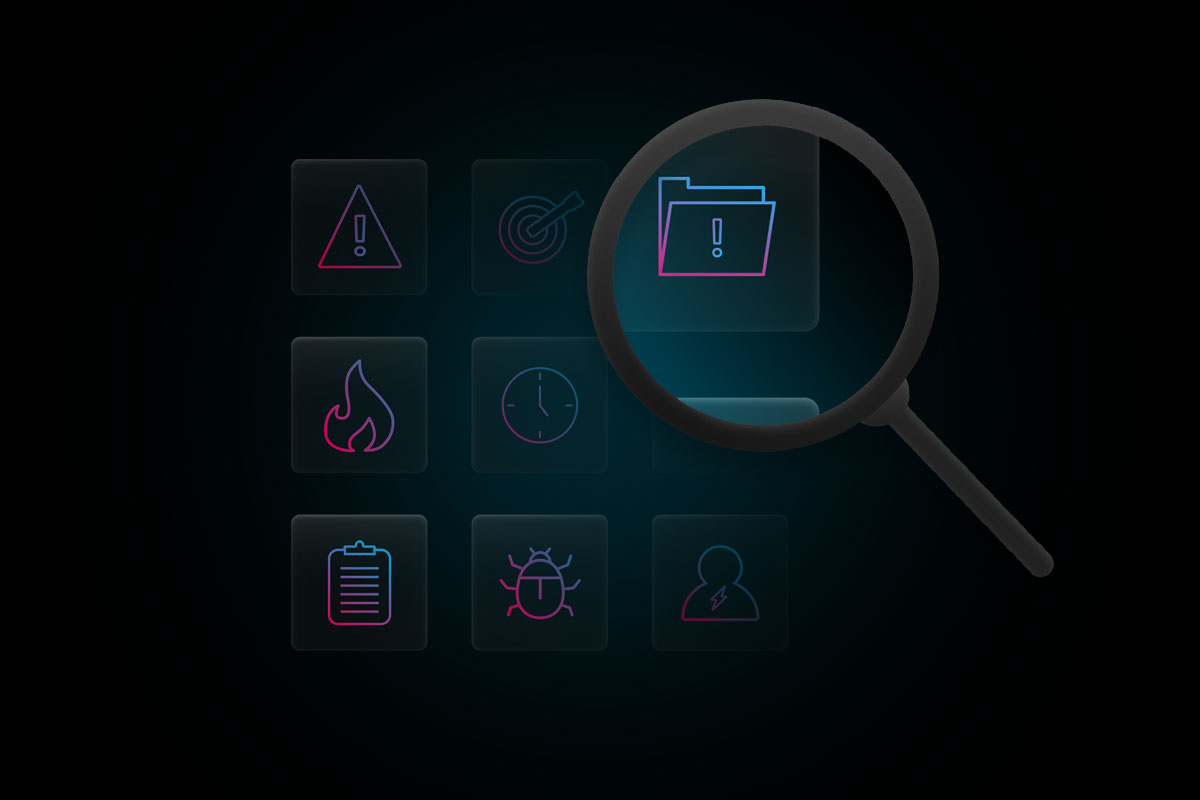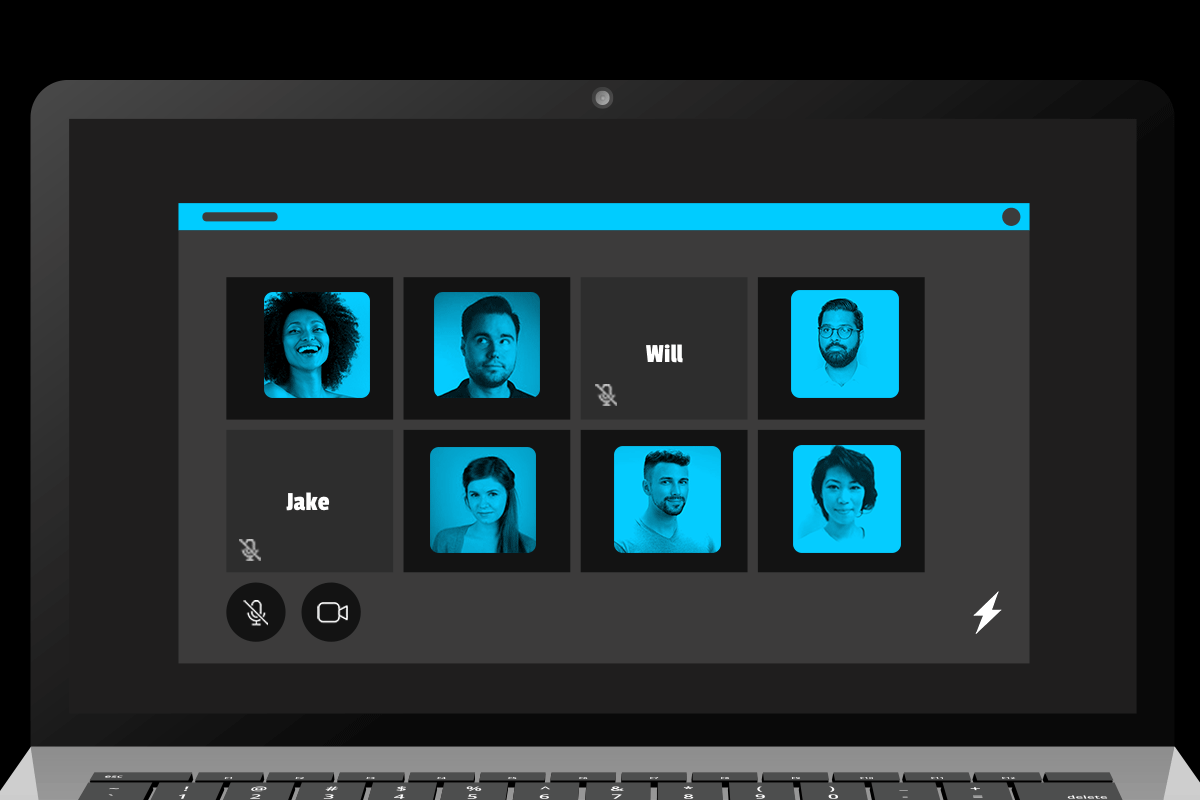
With the shift to more people working at home in 2020, it’s best to update employees at every level of the company on how to participate effectively in remote meetings. Usually, a remote meeting is held when people working in different locations join the same video conference. If some employees aren’t used to this format, they might need time to adjust.
We’ve organized this overview of best practices to help your teams hold effective remote meetings:
Remote Meeting Essentials
Generally, every participant can join if they have a computer and video monitor or a mobile device with a video camera. They will also need an internet connection and access to the video conferencing platform. Users who participate with a smaller device such as an iPad or tablet will be easier to see, but mobile phone users won’t have that advantage. Joining a remote meeting from a desktop or laptop computer is best.
Choose the Right Video Conferencing Solution
There are many options for video conferencing software on the market. Some solutions are offered to organizations as a fee per x number of users, which will affect larger organizations in terms of cost, while still offering free accounts to individuals.
Here are some of the major video conferencing platforms:
- Zoom (free or paid)
- Slack (free or paid)
- Skype (free for first 50 participants)
- GoToMeeting (free)
- Google Hangouts Meet (free)
- Webex (free)
Prepare the Meeting Agenda
While it’s quite possible you’re planning a video conference that will recur multiple times, it’s important to customize the agenda for the first meeting. This should include an introductory portion where you set the norms for the behavior and participation levels of all participants. The remote meeting’s agenda is similar to any organization that meets in person, follows a standard format, and maintains official minutes. However, the people who join the meeting will appreciate the opportunity to read the agenda in advance, perform any background reading or research required, and prepare any reports they will be expected to give during the video conference.
Considerations
It’s important that the meeting organizer has clear expectations for the timing, agenda, and conduct of the meeting. As the organizer, create your own to-do list to follow up on materials that should be provided by links or attachments to all participants. Give yourself enough time to prepare as well. Meeting attendees could become frustrated with you if you don’t start on time and/or haven’t shared the agenda and supporting materials. There’s the option to reschedule the meeting if you aren’t prepared, or you don’t think most participants have briefed themselves prior to the appointed time. If you get several declines for the meeting, you might have to pick a different meeting time.
Conduct the Meeting
During the meeting, strive to maintain the flow of conversation. If you are the meeting organizer/leader, encourage everyone to stick to the agenda. Reinforce the meeting norms, such as permitting one person to speak at a time. You could lose much time by asking people to repeat themselves over video, and individual speakers could be misunderstood if participants aren’t actively following the dialogue and contributing at the appropriate time. The norms for a remote meeting are completely different from an in-person meeting or even a walking meeting, so make sure you know the proper etiquette to make your meeting as efficient as possible.
Establish Meeting Etiquette
DOs
- Log in to the meeting on time.
- Ensure that you won’t be disturbed for the scheduled time, including no background activities occurring in view of the video camera.
- Maintain the integrity of the organization by not sharing video content with unauthorized parties.
DON’Ts
- Eat or drink in front of the camera.
- Multi-task such as talking on the phone, texting, or answering emails.
- Move away from the camera and attend to other conversations or tasks.
- Talk too loudly into the microphone.
- Move your video camera around.
- Interrupt the speaker.
Maintain the Professional Feel of the Meeting
In an era when many workers are telecommuting, there is a tendency for many participants to multi-task, which means the meeting loses its momentum every time there’s an interruption. If you are on a video call, arrange a place where you can focus on the meeting. Give your full attention to the conversation. Announce stretch breaks and meal breaks for longer meetings. Of course, team-bonding and getting to know each other is also important. Keep these meetings separate and plan a team-building activity for you and your coworkers to participate in.
Use Decision-Making Tools
Some video conferencing platforms have a voting option, a whiteboarding option, a place to share files, and other collaborative tools. If you are in the remote meeting when a decision should be made, ask everyone to vote on their device, record the results, announce whether the decision has passed, and move on.
Conclude the Meeting
The meeting organizer keeps the meeting flowing according to the agenda. He or she can provide more time to speakers or change the direction of the conversation if agreed upon by members. If the group doesn’t finish everything on the agenda, move those items to the next meeting. It’s important for someone to write notes and type up minutes for the meeting, send them out for review, and archive them as soon as possible. Every participant should be expected to note his or her follow-up actions required before the next meeting.
Promote Follow-Up Actions
As the organizer, review the meeting minutes and send corrections to the record-keeper. These minutes should be shared with everyone via email and in the collaboration software. Your workgroup may decide certain action items will be delegated to individuals or subcommittees, who will then report back to everyone at the next meeting. Action items should have clear deadlines, especially if reports or key pieces of information are required by you or by all participants.
Anticipate a Period of Adjustment
Initially, using the remote meeting format can be frustrating because employees are accustomed to talking in person, over email, or over the phone when needed to address business concerns.
If you streamline the meeting agenda and encourage employees to communicate in smaller meetings in preparation for the next session, the group can move forward. Naturally, some people will try to dominate the group, and others won’t say much. As people get used to the norms and the group focuses on the common agenda, the workgroup will gain momentum. You may need to plan a team-building activity for the start of every meeting. Be sure to address individuals who aren’t following the norms so they won’t diminish the morale of the group.
Figuring out all your bases to cover is not an easy process to navigate, especially in times like these— and that’s why Electric is here to support your SMB. Electric can work closely with your organization to help you find the right solutions to make remote work easier and more secure.
Electric offers customers in every city across the U.S. handle their IT support needs, including: Atlanta, Austin, Boston, Baltimore, NYC, San Francisco, Nashville, Phoenix, Philadelphia, Chicago, Portland, Los Angeles, Houston, and Denver.


